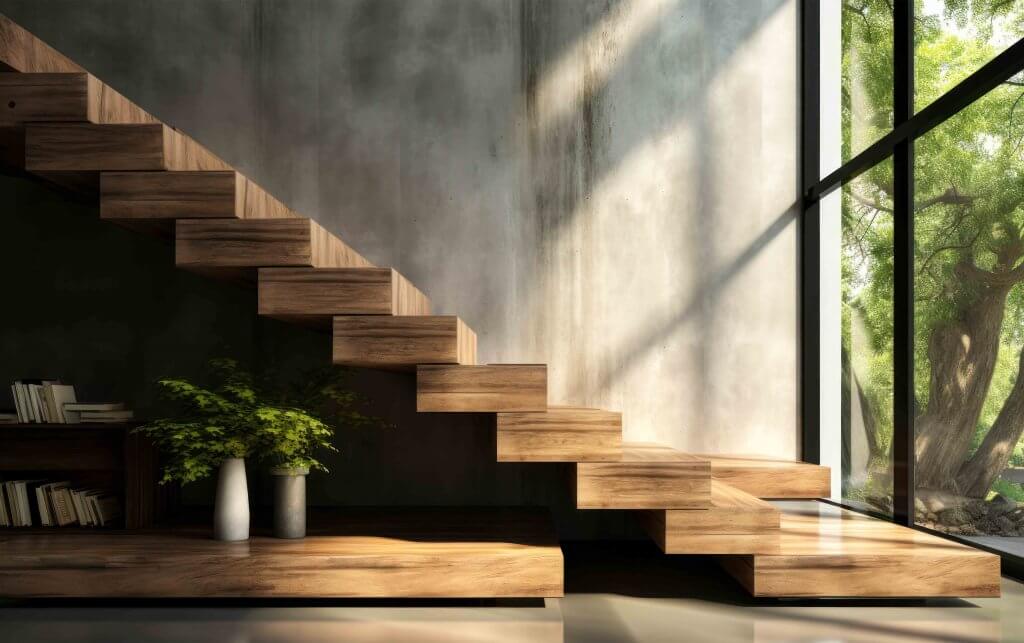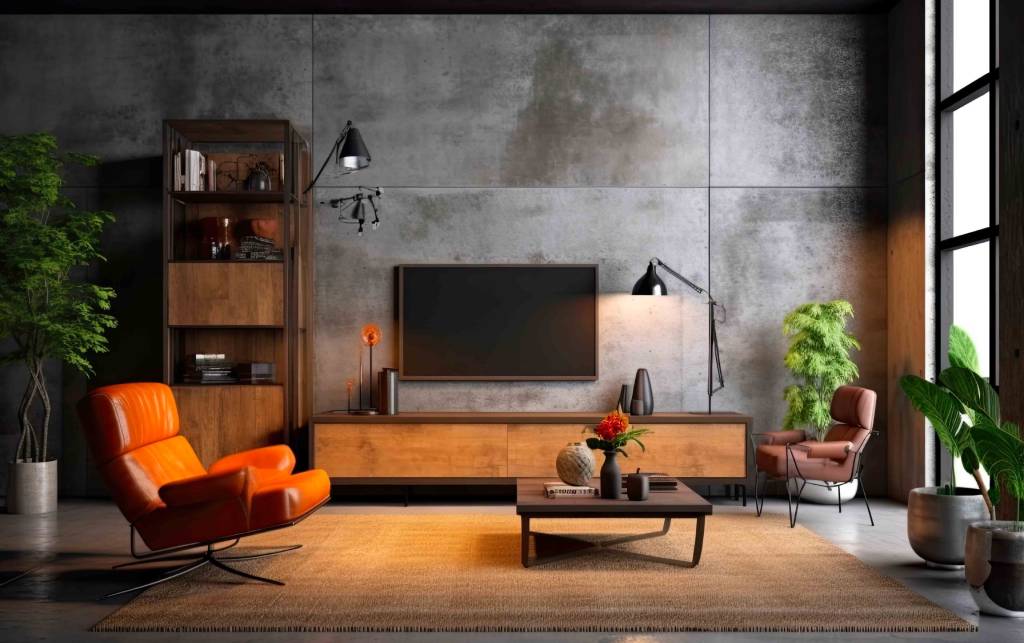The use of concrete and wood in construction is a long-established practice, yet only in recent years has there been a renewed interest in this construction system, which offers functional and advanced solutions in the name of sustainability.
The recovery of tradition is now imbued with a more innovative vision, which combines the excellent compatibility and complementarity of the two materials with well-conceived design studies.
Concrete and wood form a composite combination also called “wooden concrete“, which suits different architectural expressions in various parts of the building, be it residential, public or commercial.
What does the concrete-wood construction system consist of? What are its possible applications? Why is it a sustainable solution? Let’s find out together in this article.
Concrete-wood construction system: what is it?
Concrete-wood construction system, also known as HBV (Hybrid Building System), is a construction method that combines the excellent qualities of wood with the specific properties of concrete, to obtain stable and resistant structures that are, at the same time, light and efficient on an energy level.
Concrete is a highly resistant and rigid material, perfectly suited to support heavy loads and to resist compression. Wood, on the other hand, is particularly effective at managing tension and an excellent ally for thermal and acoustic insulation. For these reasons, concrete appears even more functional in combination with wood when used for the load-bearing elements of a building complex, internal surfaces and architectural details.
The versatility of such combination of concrete and wood allows designers to create unique environments up to both the structural and aesthetic needs of their clients.

Concrete and cement with wood: possible applications
The synergy between the two materials offers an ideal combination of strength and beauty, making the “wood-concrete” composite construction system a popular choice in various types of residential and non-residential projects. This is because it is possible to develop custom solutions based on the specific building, with various technical schemes. Not to mention the possible applications of concrete (cement) and wood in the composition of the elements that characterise an architectural work. Let’s see some:
1.Wooden coatings and concrete structures
One of the most common applications of the concrete-wood combination is the use of concrete for load-bearing structures and wood for internal coating. This choice offers exceptional resistance, excellent thermo-acoustic insulation and an extremely distinctive aesthetic appeal. Modern buildings, such as residences and offices, often adopt this solution to combine the energy efficiency of wood with the robustness of concrete.
2. Concrete floors and wooden ceilings
Another well-thought-out and contemporary approach is the use of concrete for the floors and wood for the ceilings. This combination allows you to make the best of concrete’s wear resistance while creating, at the same time, a warm and welcoming environment through a wooden ceiling. Such solution also represents a design choice and is widely used in lofts and renovated industrial spaces.
3.Concrete-wood composite attics
Another architectural element that benefits from the qualities of the concrete-wood system is the attic. A concrete-wood attic is an innovative solution in the field of modern construction, where the robustness of concrete combines with the versatility and natural aesthetics of wood. The result is an ideal balance between structural resistance and compositional charm.

The sustainability of concrete-wood construction system
The combined use of concrete and wood is a construction choice with great technical functionality and architectural interest, but more importantly, it is a sustainable solution.
Wood is a renewable resource and the production process of concrete has been optimised to reduce carbon emissions into the atmosphere, thereby decreasing the impact of the construction industry on the environment. Furthermore, buildings built with the concrete-wood system show great longevity and excellent energy efficiency, which in turn reduce the frequency of reconstructions and the building’s dependence on heating and cooling systems.